These are drawings of the rebuilding of HNLMS Karel Doorman 1955-'58 when the angle deck was fitted at a shipyard in Rotterdam. See
You are using an out of date browser. It may not display this or other websites correctly.
You should upgrade or use an alternative browser.
You should upgrade or use an alternative browser.
Glorious and Majestic old Warships
- Thread starter Miragedriver
- Start date
Miragedriver
Brigadier
These are drawings of the rebuilding of HNLMS Karel Doorman 1955-'58 when the angle deck was fitted at a shipyard in Rotterdam. See
Thanks Delft!
Miragedriver
Brigadier

USS Ranger (CV-4) in 1944. US Navy Photo
The ship was another of the lucky few early aircraft carriers to survive World War II. Launched in 1933, she was the first carrier built from the keel up instead of converted from another type of hull. She weighed 14,500 tons and was 769 feet long, and could carry up to 86 P-40 planes. In 1942, she helped launch the Allies’ North Africa campaign from the coast of Morocco, and later attacked German shipping vessels near Norway. For her efforts, she was sold to Sun Shipbuilding and Drydock Co. for scrap in January 1947.
USS Ranger (CV-4) was the first ship of the to be designed and built from the up as an . Ranger was a relatively small ship, closer in size and displacement to the first US carrier——than later ships. An island was not included in the original design, but was added after completion. Of the eight pre-war US aircraft carriers CV-1 through CV-8, Ranger was one of only three to survive World War II, the others being and . Deemed too slow for use with the 's carrier task forces, the ship spent most of the war in the Atlantic Ocean.

Name: USS Ranger
Ordered: 1 November 1930
Builder: Newport News Shipbuilding & Drydock Co.
Laid down: 26 September 1931
Launched: 25 February 1933
Sponsored by: Lou Henry Hoover (the wife of the President of the United States)[3]
Commissioned: 4 June 1934
Decommissioned: 18 October 1946
Struck: 29 October 1946
Honors and
awards: American Defense Service Medal ("A" device)
American Campaign Medal
European-African-Middle Eastern Campaign Medal (2 stars)
Asiatic-Pacific Campaign Medal
World War II Victory Medal
Fate: Acquired for scrap for $259K on 31 January 1947

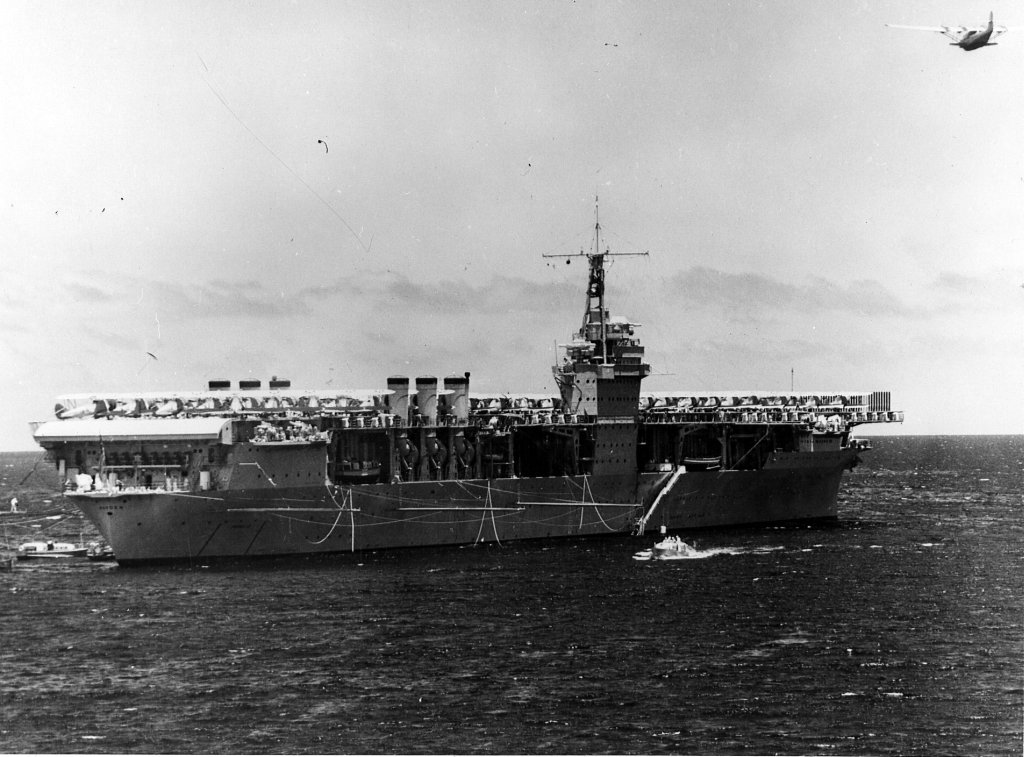
Back to bottling my Grenache
Miragedriver
Brigadier
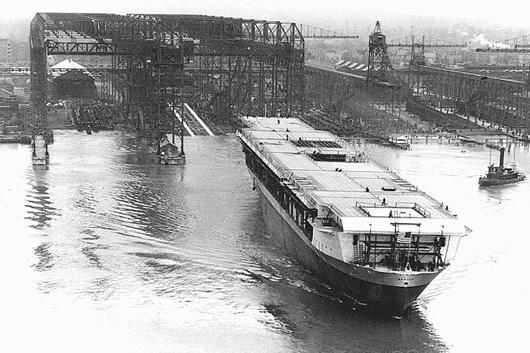
USS Ranger being launched, February 25, 1933.
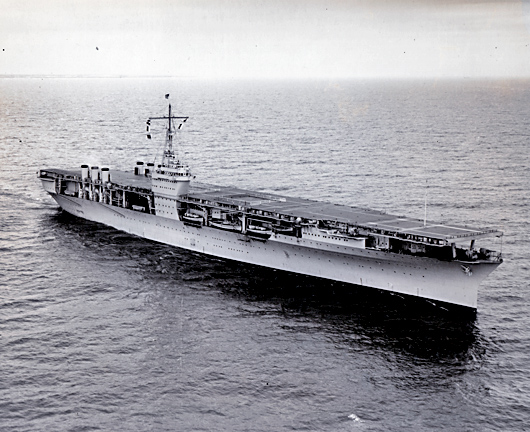
USS Ranger - Builder´s Trial Run, May 1, 1934.
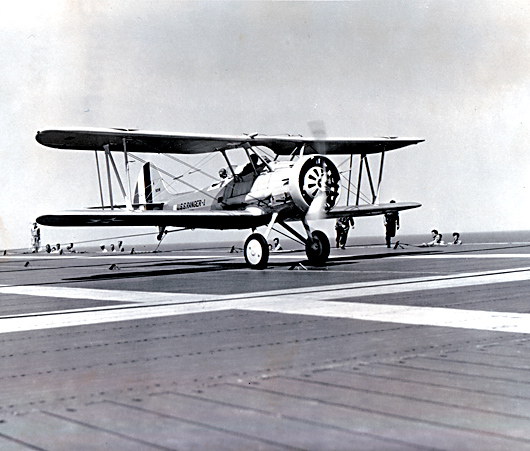
First landing on the USS Ranger. Lt Cmdr A. C. Davis, pilot, H. E. Wallace, ACMM, passenger. June 21, 1934.
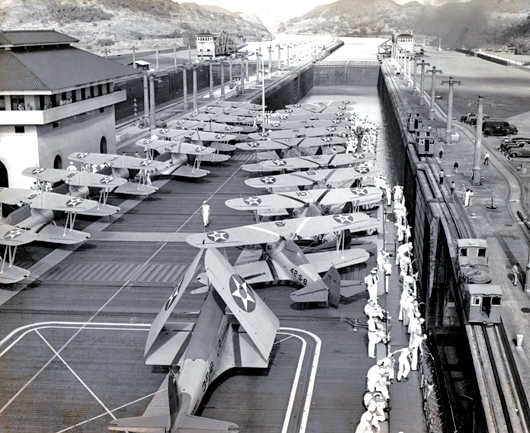
USS Ranger passes through the Panama Canal on way to the Pacific. January 13, 1939.
Back to bottling my Grenache
Miragedriver
Brigadier

Forward Engine Room, USS Ranger.
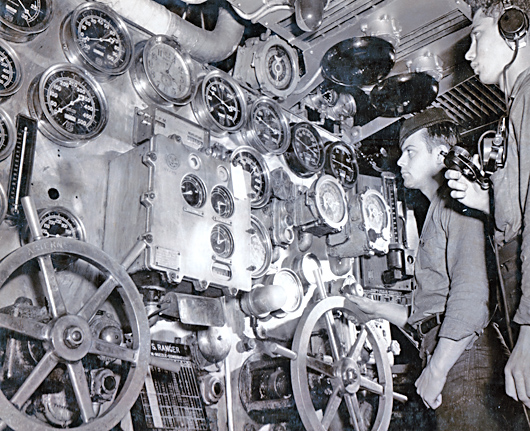
Main Throttle Board, Engine Room, USS Ranger.
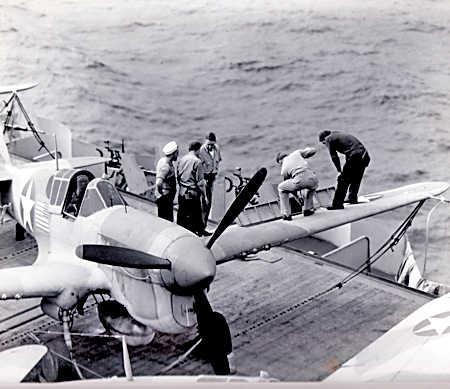
Loading 50 caliber machine gun of Army P40-F aboard theUSS Ranger while in route to North Africa. January 17, 1943
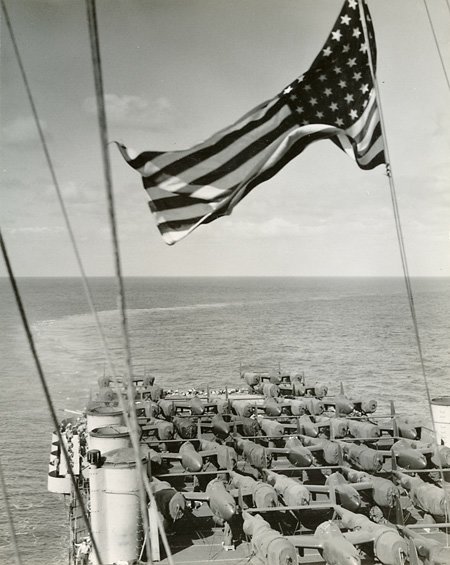
P-38s spotted on flight deck of USS Ranger. April 1944
I could not find any pictures of her final fate at the Sun Shipbuilding and Drydock Coompany being scraped. Just the same It would be a sad thing to see. Another ship passed into history.
Back to bottling my Grenache
Throttle? It's a steam ship so power is controlled by increasing or decreasing fuel flow, not air flow as is usual in a gasoline engine.Main Throttle Board, Engine Room, USS Ranger.
Jura The idiot
General
thanks for this Thread, Amigo Miragedriver! 
Miragedriver
Brigadier
I don’t know if we can call this a majestic old warship, but it is an interesting footnote in history.
This is old news from 2009. A Polish ship ORP Arctowski, verified the location of the German Air Craft Carrier Graf Zeppelin after the carrier was discovered in June by workers of Petrobaltic group. This is a company exploring for gas fields in the Baltic.
The Graf Zeppelin, a ship of nearly 260 meters in length,it currently lies at a depth of 87 meters, but not a hazard to navigation, because its highest point is 60 m below the water surface. Now, a team of experts plans to rescue artifacts from the ship.
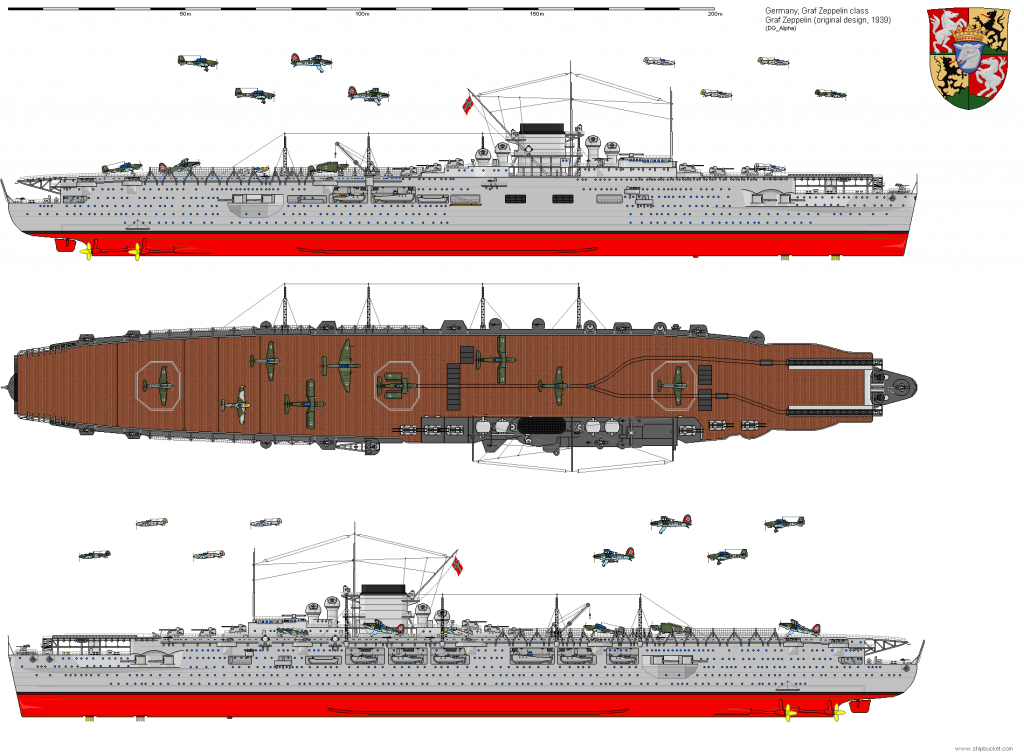
The Germans faced their own challenges and despite the fact that Graf Zeppelin was launched on 8 December 1938 she was never completed and never achieved an operational status. Part of the problem was the weakness of the Kreigsmarine in relation to the other services, especially Goering’s Luftwaffe which maintained control of all German aircraft design, construction and operation. The other major issue was the lack of experience the Germans had in carrier design or construction which resulted in a number of retrofits which lasted until 1943 when she was nearly complete. At that point in time Hitler now thoroughly disillusioned with the Kriegsmarine surface units suspended her construction. She was scuttled in April 1945 before she could be captured by the Soviets. The Soviet Union would study her and use her in ordnance testing to see what kind of damage a carrier might absorb. She sank following being hit by 24 bombs, projectiles and two torpedoes.
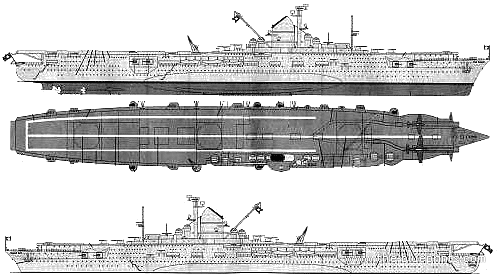

The incomplete Graf Zeppelin
The utilization of this vessel by the Axis Powers would probably not have altered the course of the war but would have been an interesting footnote to history had it become operational and participated in any action against Allied Carriers.
Back to bottling my Grenache
This is old news from 2009. A Polish ship ORP Arctowski, verified the location of the German Air Craft Carrier Graf Zeppelin after the carrier was discovered in June by workers of Petrobaltic group. This is a company exploring for gas fields in the Baltic.
The Graf Zeppelin, a ship of nearly 260 meters in length,it currently lies at a depth of 87 meters, but not a hazard to navigation, because its highest point is 60 m below the water surface. Now, a team of experts plans to rescue artifacts from the ship.

The Germans faced their own challenges and despite the fact that Graf Zeppelin was launched on 8 December 1938 she was never completed and never achieved an operational status. Part of the problem was the weakness of the Kreigsmarine in relation to the other services, especially Goering’s Luftwaffe which maintained control of all German aircraft design, construction and operation. The other major issue was the lack of experience the Germans had in carrier design or construction which resulted in a number of retrofits which lasted until 1943 when she was nearly complete. At that point in time Hitler now thoroughly disillusioned with the Kriegsmarine surface units suspended her construction. She was scuttled in April 1945 before she could be captured by the Soviets. The Soviet Union would study her and use her in ordnance testing to see what kind of damage a carrier might absorb. She sank following being hit by 24 bombs, projectiles and two torpedoes.


The incomplete Graf Zeppelin
The utilization of this vessel by the Axis Powers would probably not have altered the course of the war but would have been an interesting footnote to history had it become operational and participated in any action against Allied Carriers.
Back to bottling my Grenache
Miragedriver
Brigadier
Video of Graf Zeppelin wreck:
Back to bottling my Grenache
Back to bottling my Grenache
Miragedriver
Brigadier
Even OLD Navy guys will really enjoy it. 1940's Aircraft Carrier In The Pacific - rare color footage.
This is 16mm color (not "colorized") footage that you may not have seen of carrier action in the Pacific. Not many color shots in the '40's - extremely expensive then, with a complicated and exacting processing procedure.
Back to bottling my Grenache



